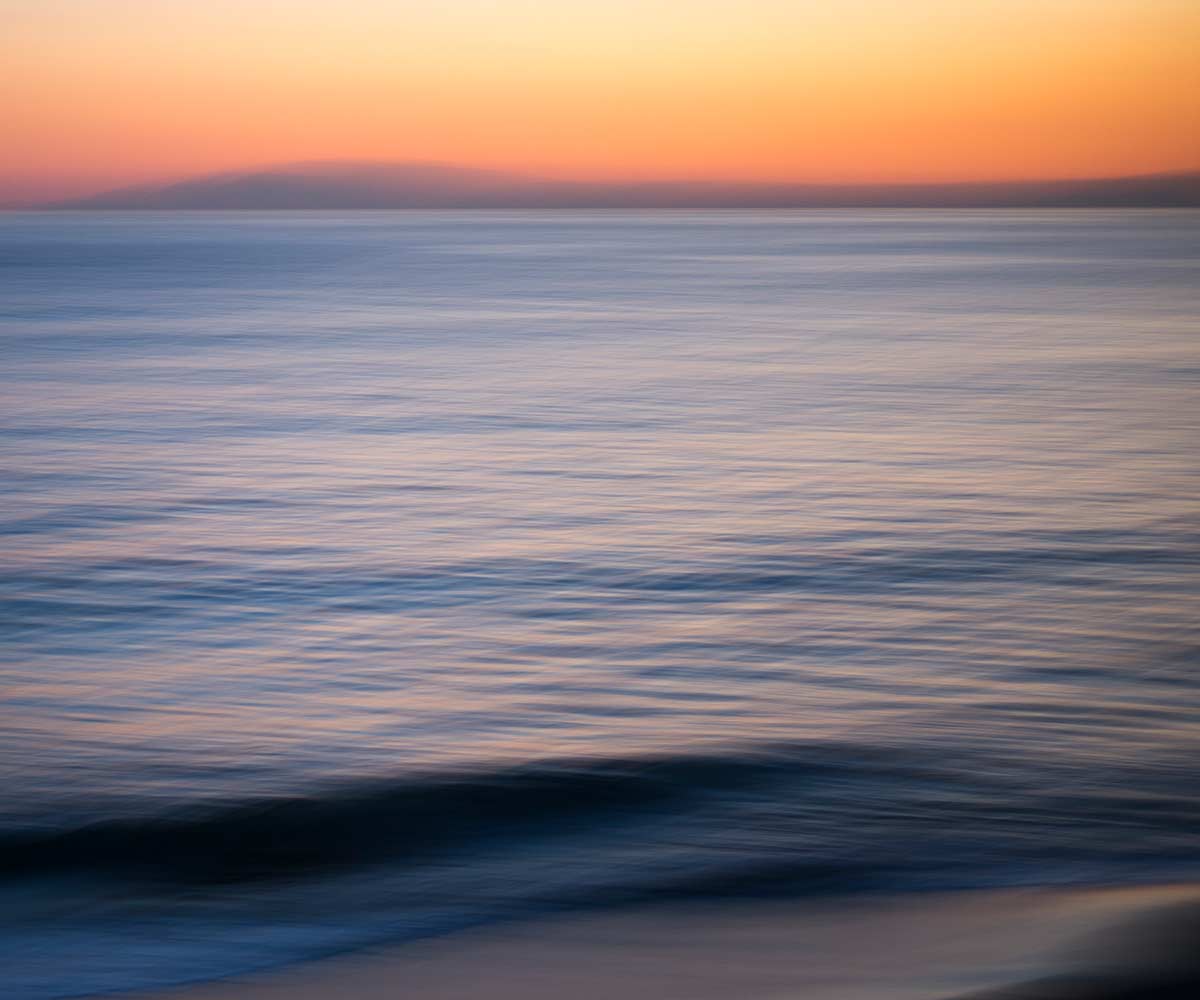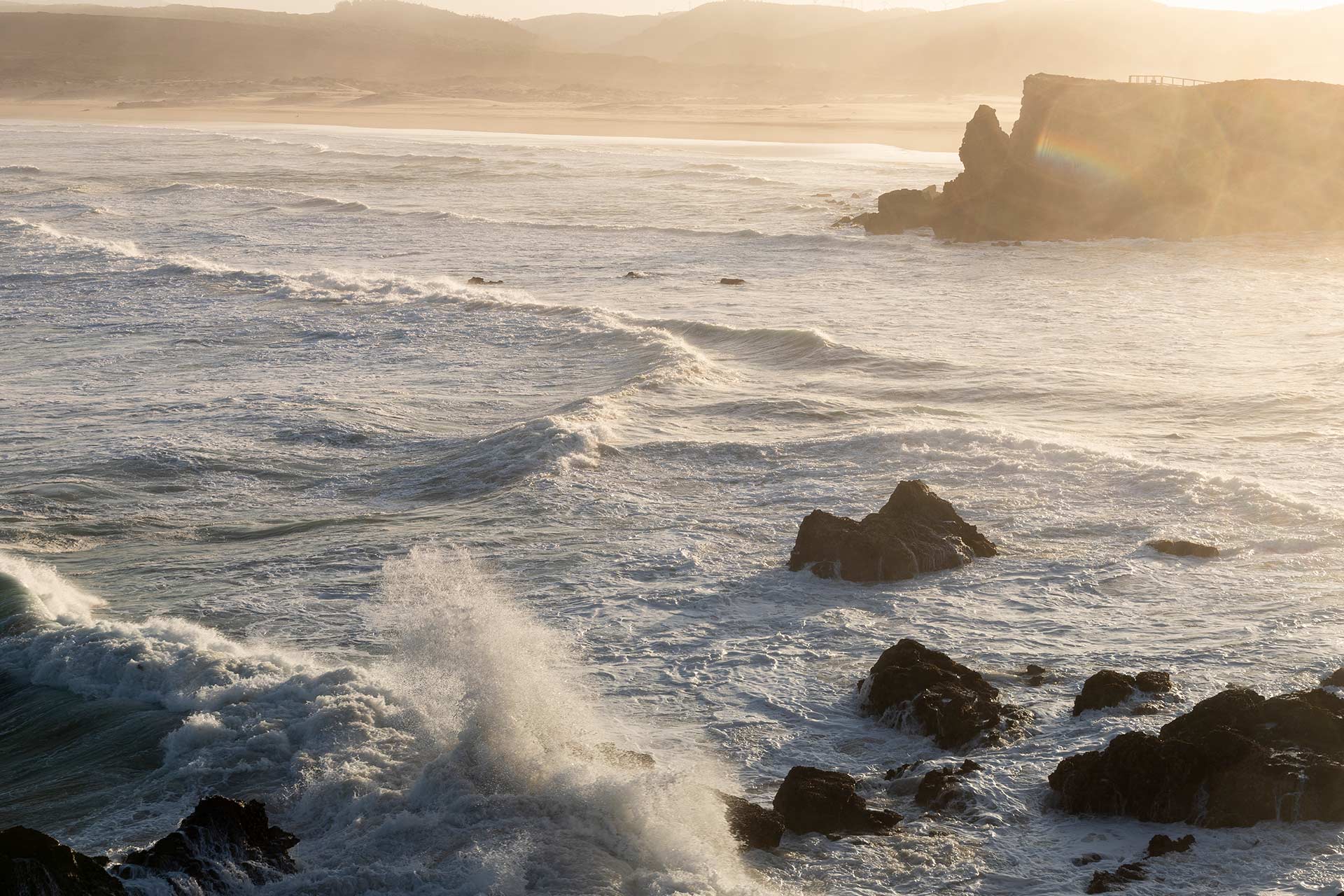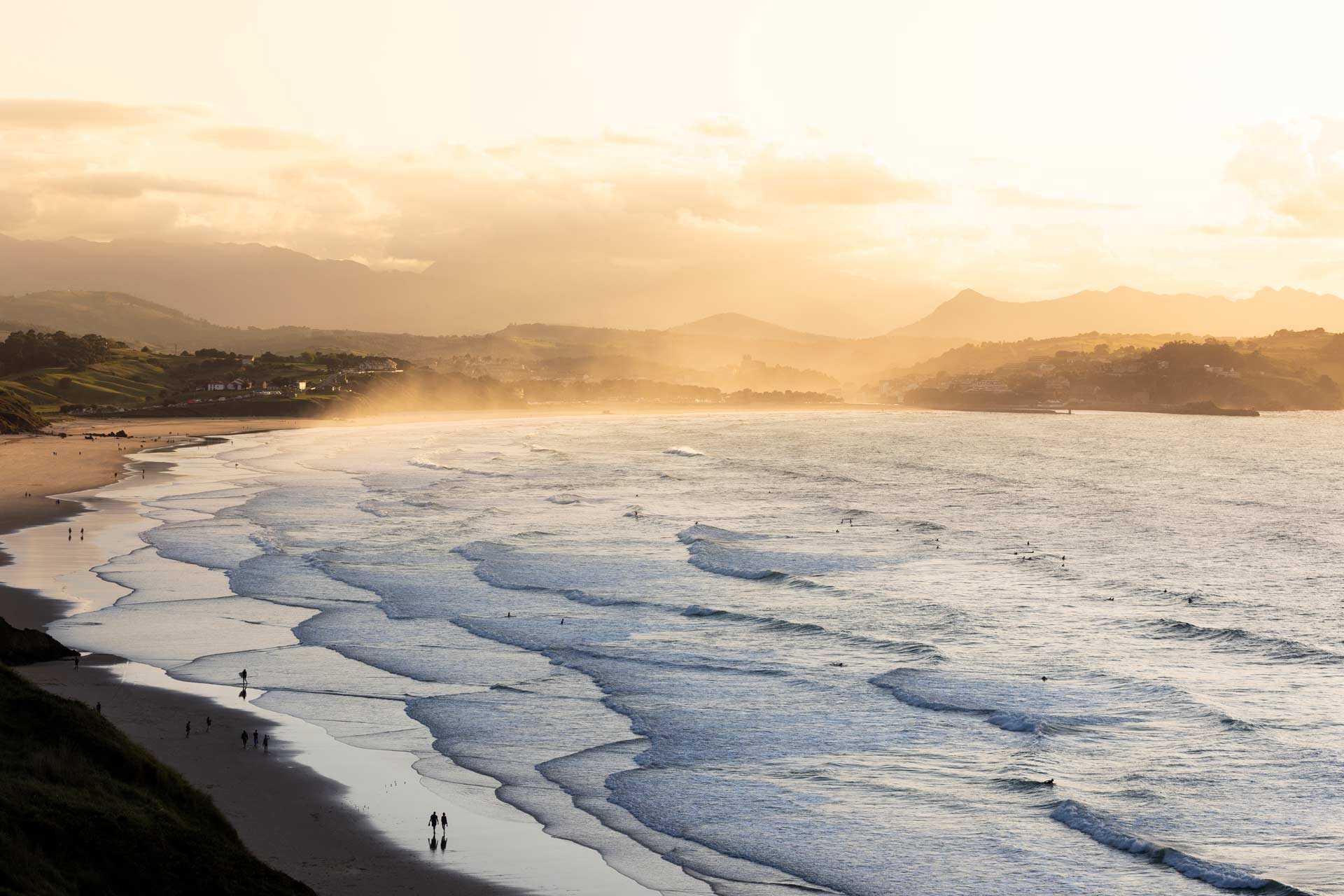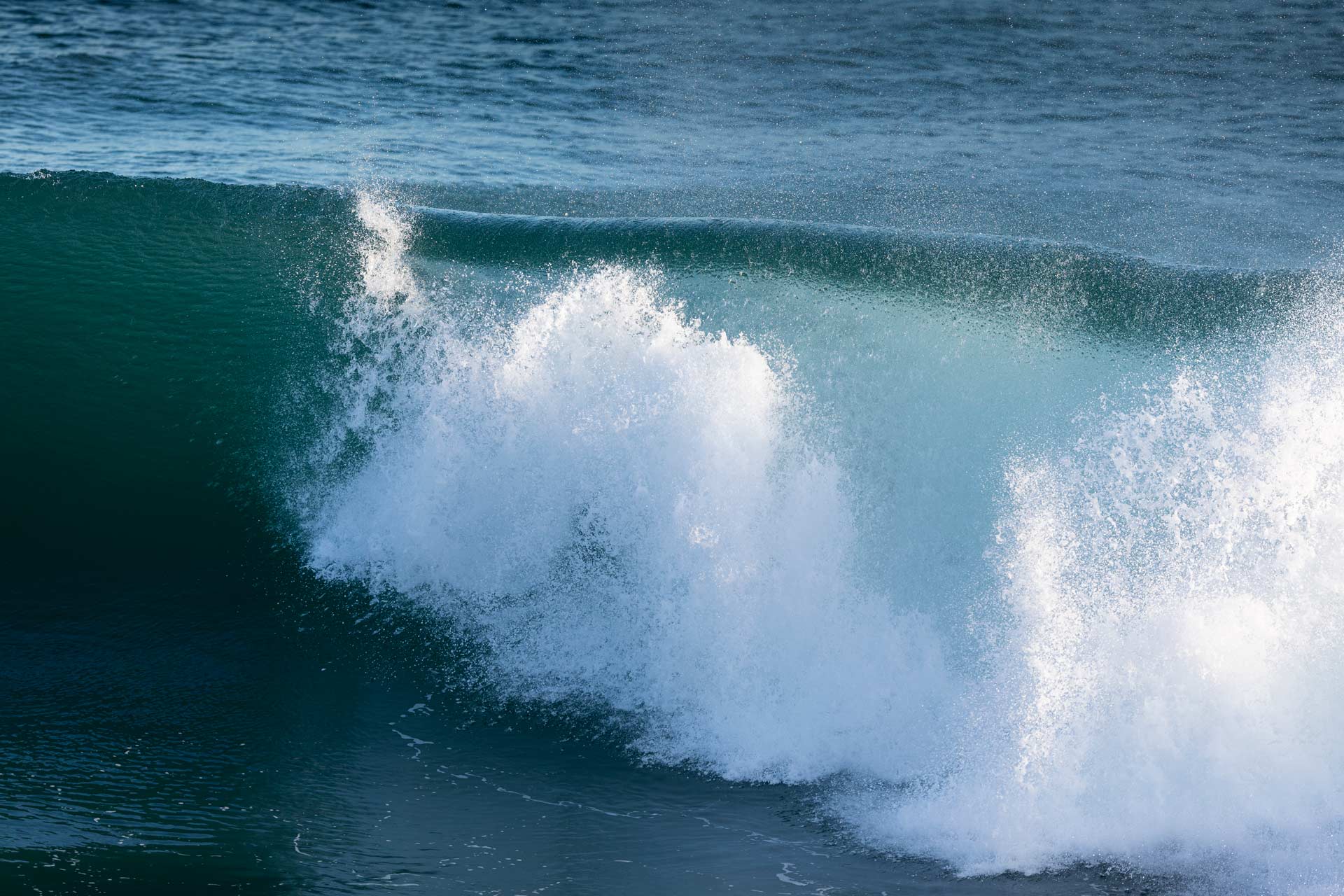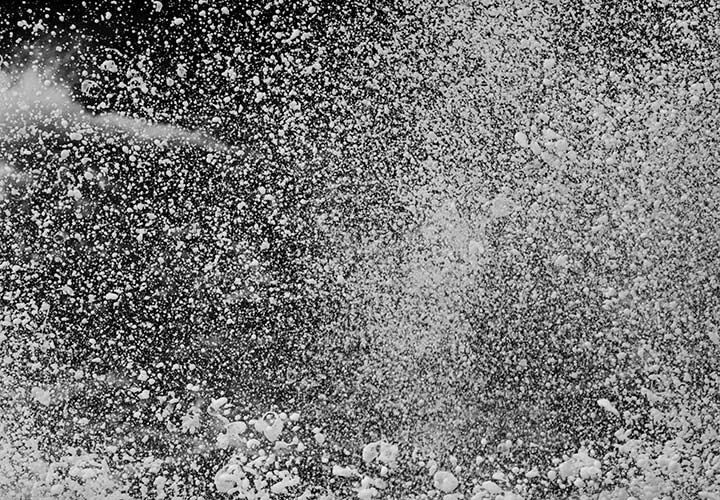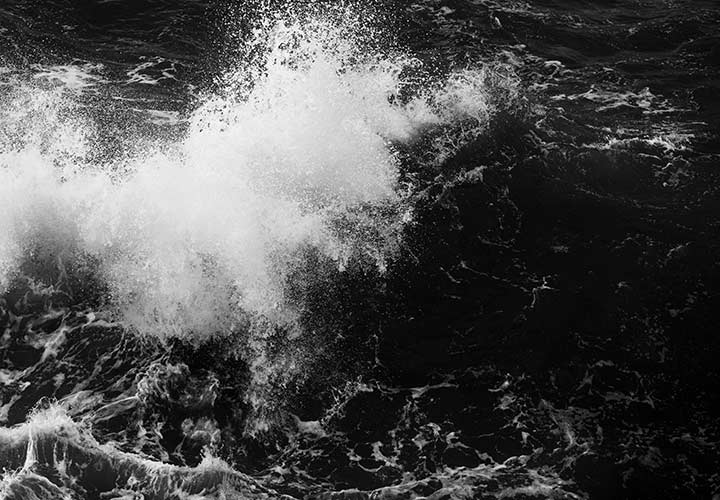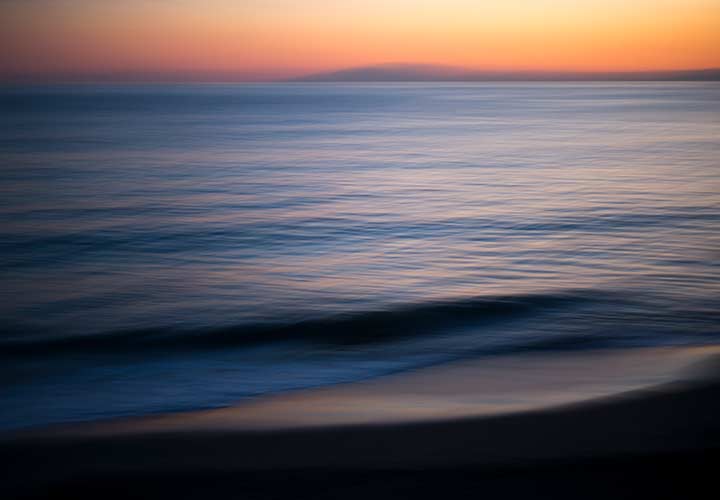Planning and observation
As is so often the case in photography, light is extremely important in creating a certain mood. Personally, I love wave shots with grazing or backlighting.
When preparing, think about where you want to shoot. Are the waves coming from the east or west? Do you want to shoot into the light or against it? Depending on the orientation of your spot, it's worth getting up early in the morning to catch the breaking waves in the first light of the day. If you are facing west and want the wave to be backlit, it is worth taking advantage of the golden hour and the last rays of sunlight in the evening.
This means that you can expect very nice, low light about an hour after sunrise and an hour before sunset. However, it is certainly worth getting there a little earlier so that you can take your time to observe exactly where the waves are breaking and decide whether to get knee-deep in the surf or whether a higher camera position will capture the scene better.
The focal length
Think about whether you want to capture the whole scene or just a single wave, or even just the texture of the foam on the broken waves. There is no "optimal" focal length for photographing waves.
Personally, I like to play around with focal lengths between 24 and 200 millimetres.
